Sign up for our free daily newsletters here! Note: subscribers can access our search feature!
Welcome to Hospice & Palliative Care Today, a daily email summarizing numerous topics essential for understanding the current landscape of serious illness and end-of-life care. Teleios Collaborative Network podcasts review Hospice & Palliative Care Today monthly content - click here for these and all TCN Talks podcasts.
2. Awards and Recognitions: April 2025
3. Medicare Program; FY 2026 Hospice Wage Index and Payment Rate Update and Hospice Quality Reporting Program Requirements
6. Art auction raises $800,000 for Hospice of the Valley
7. Hospice use by cause of death: A cohort study using Utah population database
9. Caregiving: Going it alone is harder
11. 20 effective strategies for building thought leadership
12. From stigma to support: Changing the cancer conversation
Top 50 Hospice Providers report now available
Hospice News - Flagship Report; 4/30/25
The hospice industry has undergone profound changes, shifting from a nonprofit, volunteer-driven movement to a sector dominated by for-profits, private equity and publicly traded companies. This report highlights the impact of market consolidation, investment trends and industry transformation. One key takeaway: The 15 largest providers now account for nearly 33% of all Medicare hospice payments. Private equity’s role continues to expand, with six of the top 10 providers PE-owned. Additionally, “payviders” are reshaping care delivery, influencing reimbursement models and competition... Hospice News worked with the data firm Hospice Analytics to identify the nation’s largest hospice chains for calendar year 2023. The data analytics firm identified the CCN numbers associated with each corporate owner, rather than each brand, and aggregated their total Medicare payments to determine their rankings. [The five largest hospice chains include:]
- Gentiva
- Vitas
- UnitedHealth Group (including LHC Group)
- AccentCare
- Compassus
Publisher's note: Users must complete an online form to download this free report. The authors define "top 50 hospice providers" based on aggregated Medicare revenue. Hospice Analytics is a sponsor of our newsletter.
Awards and Recognitions: April 2025
- Becker's Hospital Review 2025 Great Leaders in Healthcare has named Andrew Molosky, President and CEO of Chapters Health System to its 2025 list.
- Granite VNA President and CEO Beth Slepian has been named a 2025 Outstanding Women in Business Awardee by New Hampshire Business Review for her commitment, vision and leadership in healthcare, including extensive hospice.
- IntellaTriage names Cassidy Abkes (hospice RN), 2024 Nurse of the Year based on exceptional performance
- The Hastings Center and The Cunniff-Dixon Foundation are pleased to announce three recipients of the 2025 Hastings Center Cunniff-Dixon Nursing Awards, which honor nurses who demonstrate extraordinary compassion and skill in caring for patients nearing the end of life.
- Erin Collins, Cofounder and Director of Programs, The Peaceful Presence Project in Bend, Oregon
- Melinda “Mel” Mayorga, Clinical Nurse Specialist, Ambulatory Oncology Services, University of Southern California Norris Comprehensive Cancer Center
- Jackie Palmore, Clinical Coordinator for the UAB Center for Palliative and Supportive Care at the University of Alabama at Birmingham Medical Center
- The Visiting Nurse Association of the Treasure Coast (VNA) in Vero Beach, FL was honored by the Indian River County Board of County Commissioners with a proclamation celebrating their 50th anniversary, affirming "how vital the VNA is to our community" and "how significant it was that the VNA has been able to maintain its viability in our community over such a relatively long period of time, particularly considering that the VNA is a nonprofit."
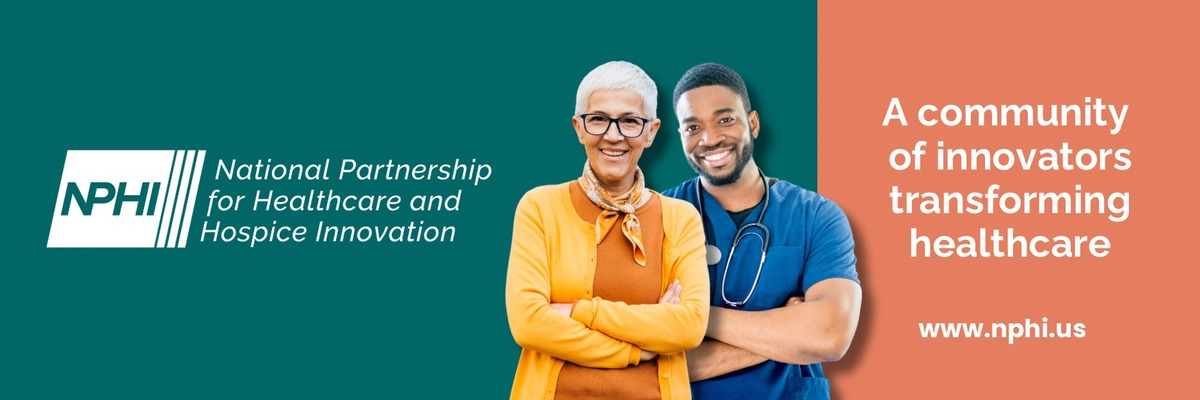 |
Medicare Program; FY 2026 Hospice Wage Index and Payment Rate Update and Hospice Quality Reporting Program Requirements
Federal Register - The Daily Journal of the United States Government; by Centers for Medicare & Medicaid Services (CMS, Department of Health and Human Services (HHS); 4/30/25
This document has a comment period that ends in 61 days: June 30, 2025,
This proposed rule would update the hospice wage index, payment rates, and aggregate cap amount for Fiscal Year (FY) 2026. This rule also proposes changes to the admission to hospice regulations and the hospice face-to-face attestation requirements under the certification of terminal illness regulations. This proposed rule also includes a technical correction to the regulatory text and provides updates to the Hospice Quality Reporting Program requirements. Finally, this proposed rule solicits comments regarding requests for information surrounding future measure concepts for Hospice Quality Reporting Program.
Good Samaritan: Kimberly Romey brings warmth and peace to Benefis Peace Hospice
NBC, Billings, MT; by Joee Taylor; 4/28/25
At Benefis Peace Hospice, Kimberly Romey is more than just a housekeeper. She is a source of comfort and care for patients and their families. Romey, who is responsible for maintaining cleanliness throughout the hospice, is known for her personal connections with patients. "My job is to take care of this place. I clean the whole building, bathrooms, patient rooms. I sit and I visit with patients. If there's something that's not health care wise that I can get them, I'll get them," Romey stated. Her dedication goes beyond her job description. "It's good to be here for people that, you know, this is their last stay, and to make them comfortable and to make them happy and to do things for them; it's very rewarding," she said. Latoya Reovan, the director of Benefis Peace Hospice, witnesses Romey's commitment daily.
Editor's note: Thank you, Kimberly, Latoya, and NBC of Billings for this empowering story, with powerful teachable moments. Calling all executive leaders: Do you know the housekeepers in your hospice inpatient facilities? At a minimum, do you intentionally greet and thank them with authentic warmth? What hospice-oriented culture do you foster? Read more of Kimberly Romey's descriptions about her role, "Because to me, this isn't just my job. I love being here." Pair this with today's article, "Small acts of kindness can change someone’s world."
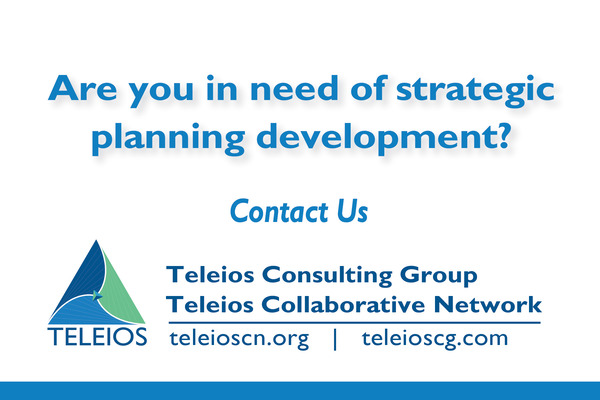 |
NPHI opens 10th Annual Summit in Las Vegas, celebrating a decade of impact
National Partnership for Healthcare and Hospice Innovation (NPHI)m Washington, DC; Press Release; 4/29/25
The 10th Annual Summit of the National Partnership for Healthcare and Hospice Innovation (NPHI) officially kicks off this morning, April 29, at the Red Rock Resort in Las Vegas. This milestone Summit, themed “A Decade of Impact,” brings together hospice and palliative care leaders from across the nation to celebrate ten years of remarkable achievements and to explore the innovative strategies that will drive the future of high-quality, community-based care. ... Key topics include advancing policy solutions to prevent fraud and abuse in hospice, harnessing artificial intelligence to improve care, exploring international hospice, elevating outreach and communications, and strengthening the quality and consistency of services across the board. During the summit, NPHI will also debut a newly developed Cancer Clinical Provider Guide—designed to help members deliver the highest standards of cancer care. ... “As we mark a decade of impact, this summit is not only a time to reflect on the extraordinary progress we’ve made, but an opportunity to be forward thinking and anticipating what comes next,” said Tom Koutsoumpas, NPHI CEO. [NPHI is a sponsor of our newsletter.]
Art auction raises $800,000 for Hospice of the Valley
City Sun Times, Phoenix, AZ; by Lin Sue Flood; 4/29/25
What a spectacular evening showcasing community generosity at Hospice of the Valley’s 2025 art auction: Aaha! Art. Food. Wine. A record $800,000 was raised to ensure care for those in need, including $300,000 to support New Song Center for Grieving Children. This compassionate Hospice of the Valley program provides grief support to families at no cost and has brought hope and healing to more than 15,000 individuals experiencing deep loss. “We are beyond grateful for this passionate support,” said Executive Director Debbie Shumway.
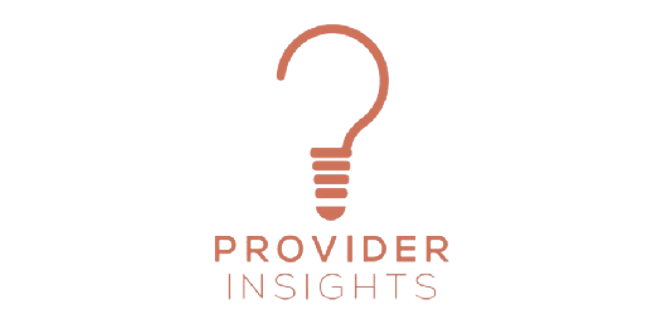 |
Hospice use by cause of death: A cohort study using Utah population database
American Journal of Hospice and Palliative Medicine - Sage Journals; by Rebecca L. Utz, PhD, Michael Hollingshaus, PhD, Attrayee Bandyopadhyay, MS, Kathie Supiano, PhD, Margaret Clayton, PhD, Katherine A. Ornstein, PhD, Djin Tay, PhD, Eli Iacob, Ken Smith, PhD, and Caroline Stephens, PhD; first published online 4/29/25
Illnesses such as cancer often follow a predictable trajectory of decline, while others, such as Alzheimer’s Disease and Related Dementias (ADRD) and Chronic Obstructive Pulmonary Disease (COPD), follow a more dwindling and protracted decline. ... This study assesses whether hospice use differs by the underlying cause of death and whether current hospice eligibility and practices provide optimal EOL to all causes of death.
Major Findings: Non-cancer decedents were more likely to have sub-optimal patterns of hospice care, including minimal use, lasting less than a week, and extended use, lasting more than 6 months. Stroke decedents were the most likely to have minimal-use patterns of hospice, whereas dementia and COPD decedents were most likely to have extended use.
Conclusion: New models of hospice-like EOL care that can accommodate both short-term and long-term palliative care needs may help meet the diverse needs of patients and families facing different EOL trajectories associated with common causes of death.
Editor's note: Compare this with your data of disease-related Length of Stay (LOS), live discharges, disease-related acuity needs, and more. How can we improve disease-related patient care, across patients' different trajectories of palliative/hospice care?
Dr. Drabek's "The Comfortologist" hits #1 bestseller, revolutionizing pain management & end-of-life care approaches
Classic 96.7 FM BWZ, Yukon, OK; Press Release; 4/28/25
Dr. Steven Drabek's groundbreaking memoir, "The Comfortologist: A Physician's Empathetic Perspective on Compassion, Caring, and Pain Relief," has achieved #1 bestseller status, resonating deeply with healthcare professionals, chronic pain patients, and families navigating end-of-life care decisions. Drawing from his four-decade career and personal journey as a cancer survivor and chronic pain patient, Dr. Drabek offers readers a unique dual perspective that has earned him recognition as a "comfortologist" a term he coined to describe his approach to medicine that prioritizes patient comfort and dignity. "My experience as both physician and patient taught me that modern medicine often misses what matters most," says Dr. Drabek. "Technical expertise means little without empathy. We must treat the whole person, not just the symptoms."
 |
Caregiving: Going it alone is harder
McKnight's Senior Living; by Lois A. Bowers; 4/28/25
I was the primary family caregiver for my father for the more than eight years he lived in a skilled nursing facility, and I can’t imagine what that time would’ve been like had my three siblings not been part of the equation. Now a new study has found that, yes, when it comes to caring for aging parents, people who have siblings probably have a better time of it than people who are only children. The findings may help you in your interactions with residents’ loved ones.
Publisher's note: A timely reminder that caregiving is challenging - for ourselves, our staff, and the patients and families we serve.
Small acts of kindness can change someone’s world
MedPageToday's KevinMD.com; by Jake Rattner; 4/26/25
So much of the world is centered around looking out for ourselves. We get caught up in our own problems, our own routines, and sometimes, we forget to stop and think about what someone else might be going through. ... But when we step outside of our own lives, even just for a moment, we start to see the bigger picture. ... In the end, it’s the simple things that matter. A conversation, a smile, a moment of recognition—these things can change someone’s entire day, even if you don’t realize it. ... Because sometimes, the best medicine isn’t even medicine—it’s just knowing that someone cares.
Editor's note: Pair this with today's story, "Good Samaritan: Kimberly Romey brings warmth and peace to Benefis Peace Hospice."
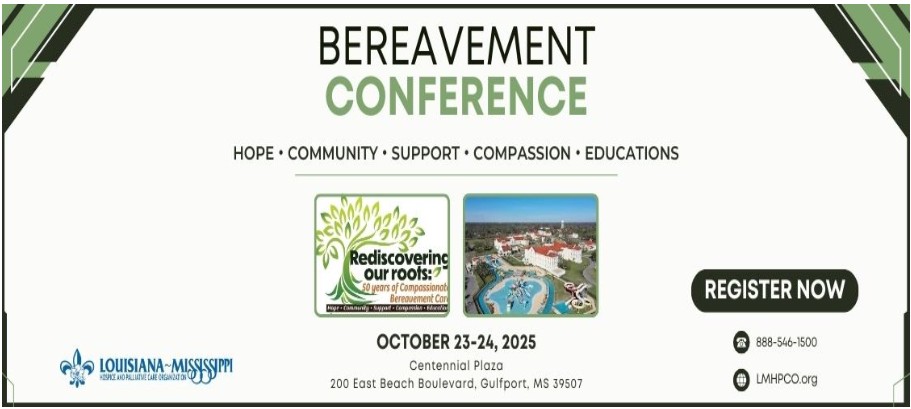 |
20 effective strategies for building thought leadership
Fast Company; by Fast Company Executive Board; 4/23/25
Sharing your unique, informed perspective can influence and spark conversations within your industry. Here’s how to do it.
- Publish valuable, original content.
- Leverage AI as a thought partner.
- Share insights in media outlets.
- Continue reading ...
From stigma to support: Changing the cancer conversation
Oncology Nursing Society (ONS); by Anne Snively, MBA, CAE; 4/29/25
Certain treatments (palliative care, opioids) and diagnoses (lung cancer) are more prone to association with cancer-related stigma. Nurses can play a vital role in reframing these thoughts and promoting empathy. ... Caner-related stigma has wide-reaching effects across the care continuum, including poorer patient outcomes. ...
- Stigma of Cancer: ... When people feel judged, shamed, or excluded, they may avoid screening, delay seeking care, or disengage from treatment. ...
- Stigma of Palliative Care: ... People who pursue palliative care may be perceived as “giving up.” The misconception that palliative care equals end-of-life or hospice care contributes to this misunderstanding.
- The Importance of Language: ... Military metaphors like “fighting cancer” or “losing the battle” can imply that patients who choose comfort-focused care are failing and may create guilt, shame, or a sense of inadequacy. ...
 |
Part D Plans cover a larger share of Medicare Beneficiaries in rural counties
Managed Healthcare Executive; by Denise Myshko; 4/25/25
Medicare beneficiaries living in more rural counties are enrolled in traditional Medicare and rely on stand-alone prescription drug plans (PDPs), according to recent analysis from KFF.In fact, in 27 states, at least half of Medicare Part D enrollees living in the most rural areas are enrolled in stand-alone prescription drug plans. This includes 8 states with 75% or more of Part D enrollees in the most rural areas in prescription drug plans (Nevada, Alaska, Massachusetts, California, Kansas, Wyoming, Nebraska, and South Dakota). Nationwide, 58% of beneficiaries living in rural areas are enrolled in stand-alone prescription drug plans in 2025. The remainder (42%) are enrolled in Medicare Advantage drug plans (MA-PDs).
Best, worst states for nurses in 2025
Becker's Hospital Review; by Erica Carbajal; 4/29/25
Washington is the best state for nurses to practice in 2025, according to WalletHub’s annual ranking, which evaluates compensation, opportunities for career growth and working conditions. To determine the best and worst states for nurses, the financial services company evaluated all 50 states across two key dimensions: opportunity and competition, and work environment. Each state was evaluated on 20 metrics within those dimensions, including average annual salary, healthcare facilities per capita, mandatory overtime restrictions and job growth. Here are the best and worst states for nurses in 2025, per the ranking:
- Best
- 1. Washington
- 2. New Hampshire
- 3. Oregon
- 4. Arizona
- 5. Maine
- Worst
- 50. Oklahoma
- 49. Alabama
- 48. North Dakota
- 47. Hawaii
- 46. Louisiana
- 45. South Dakota
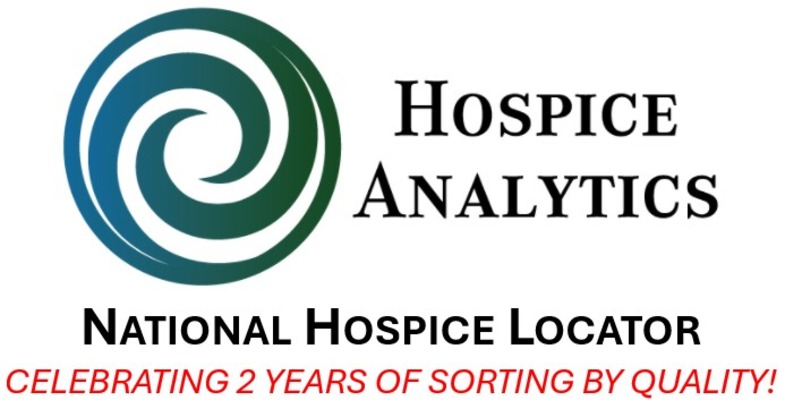 |
The Fine Print:
Paywalls: Some links may take readers to articles that either require registration or are behind a paywall. Disclaimer: Hospice & Palliative Care Today provides brief summaries of news stories of interest to hospice, palliative, and end-of-life care professionals (typically taken directly from the source article). Hospice & Palliative Care Today is not responsible or liable for the validity or reliability of information in these articles and directs the reader to authors of the source articles for questions or comments. Additionally, Dr. Cordt Kassner, Publisher, and Dr. Joy Berger, Editor in Chief, welcome your feedback regarding content of Hospice & Palliative Care Today. Unsubscribe: Hospice & Palliative Care Today is a free subscription email. If you believe you have received this email in error, or if you no longer wish to receive Hospice & Palliative Care Today, please unsubscribe here or reply to this email with the message “Unsubscribe”. Thank you.

